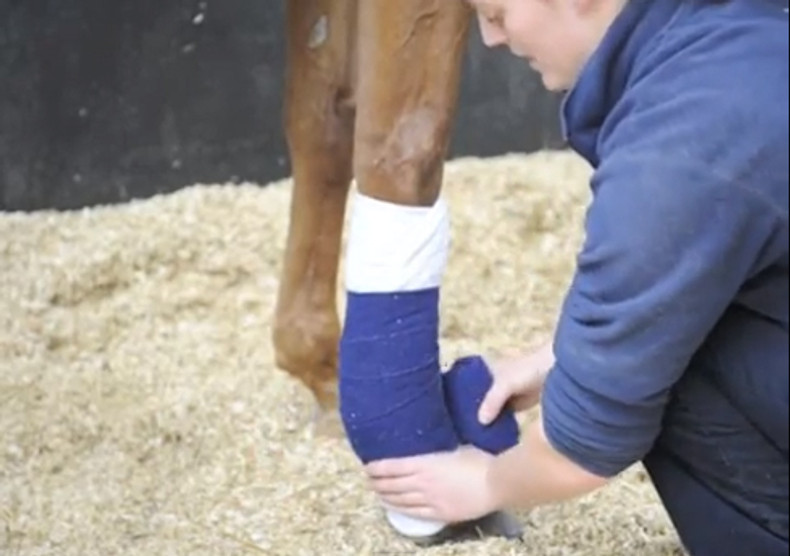Bandaging your Horse
There are many reasons why we may need to apply bandages to our horses, whether it’s due to a wound or surgical procedure, exercise or travel. Whatever the reason may be, there are things to remember and take into account before applying a bandage and what bandage is best suited to your requirements.
Some of the main reasons we may need to bandage our horses
- To protect wounds or surgical sites
- Reduce inflammation
- Protection from injury
- Tendon or ligament injuries
- Floating
- Exercise
- Immobilisation
Types of bandages
There are many different types of bandages and it’s not always easy to know which one suits the situation you need it for best, especially if you are trying to bandage a difficult area such as a hock or knee. If you need to apply a bandage for an injury or wound site, your vet would have gone through what you need and shown you how to apply the bandage correctly. If you have any questions, they are always there to help you in any way you need and it’s always best to seek their advice if in any doubt. Below are some of the different types of bandages and their uses.
- Compression – used to help reduce inflammation or swelling. These are best applied with the help of your veterinarian as applying bandages too tight can often cause more harm than good
- Dressing – wound management, vary depending on the position and extent of the wound
- Polo – most often seen when exercising to help protect legs from injury or during floating/travel and are a nice, thick, soft bandage.

- Stable – help reduce leg swelling from stall confinement
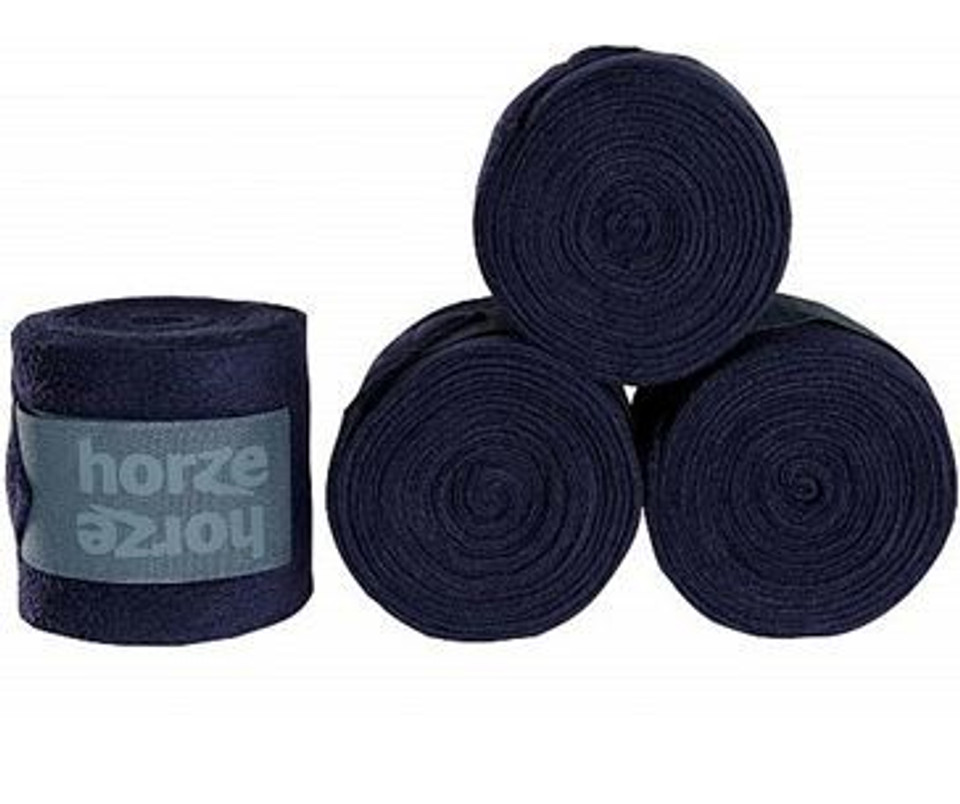
- Elastoplast – generally used for wound management, they have a sticky surface on one side to help keep the bandage in place. Can be used successfully for hock and knee bandaging
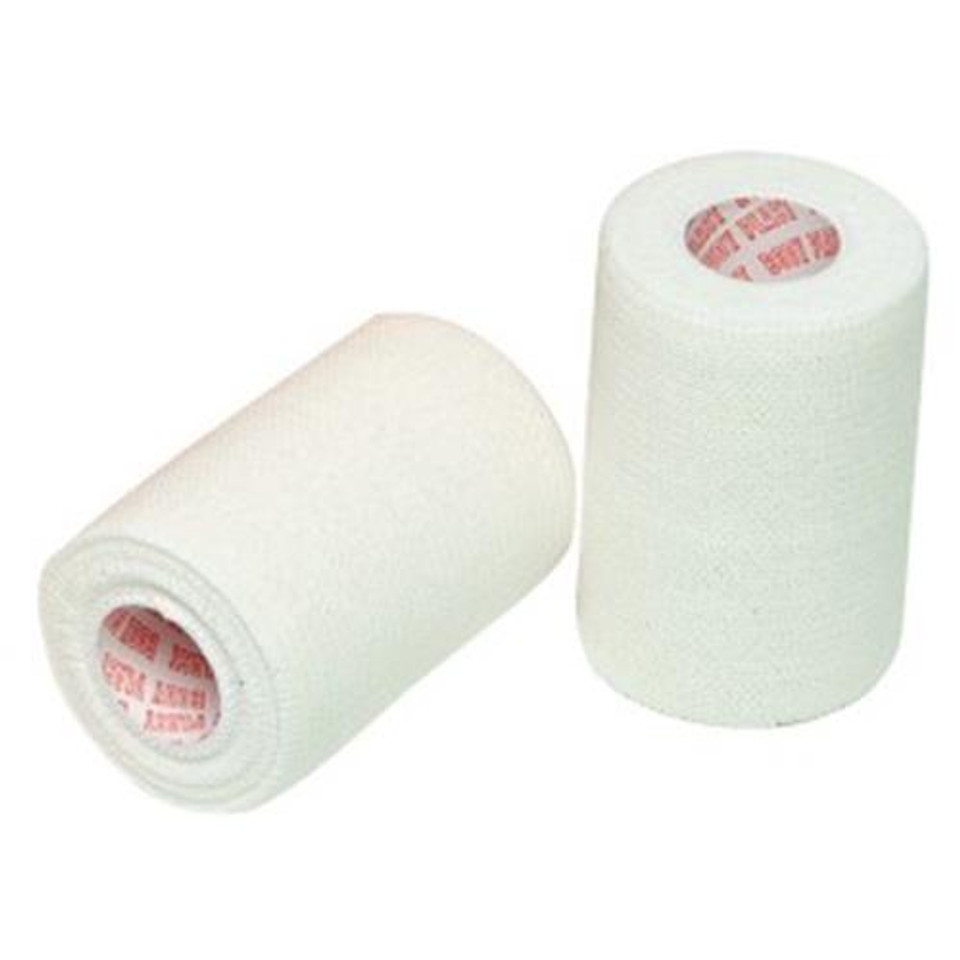
- Cohesive bandages – great for use in wound care. They usually are stretchy/elastic so care should be taken when applying to not pull them too tight.
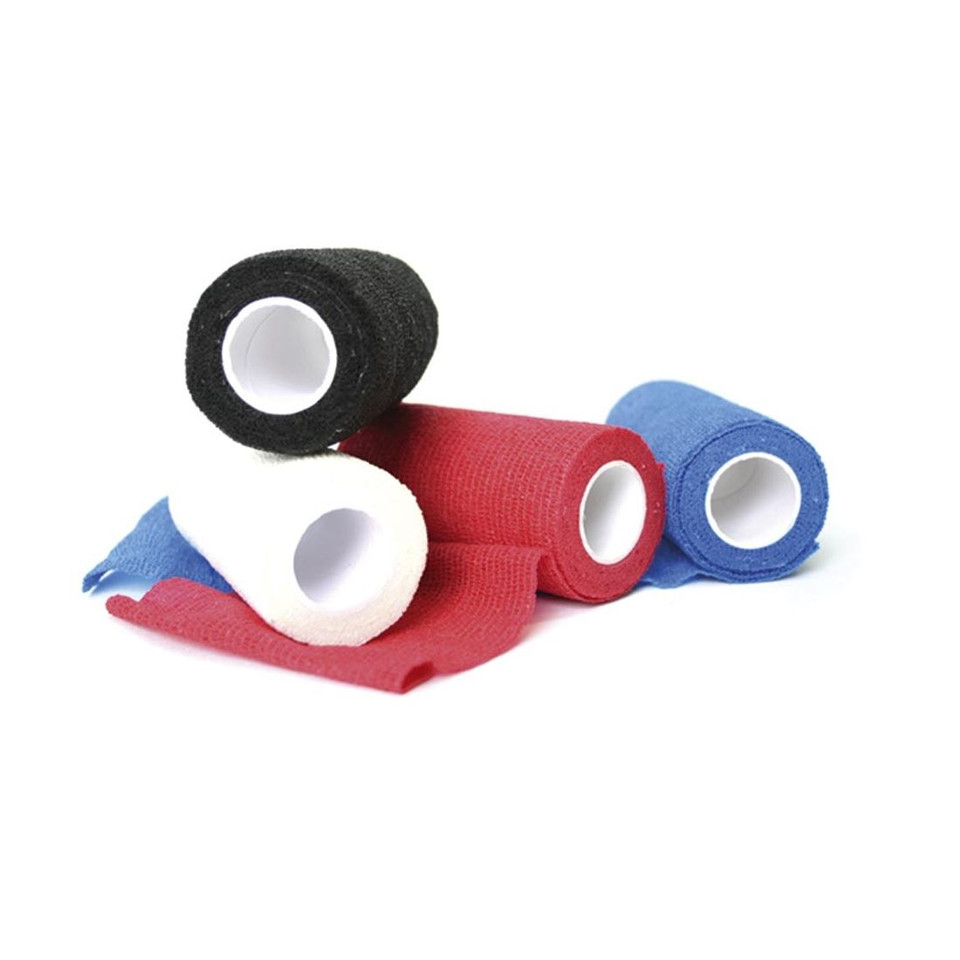
- Robert Jones – large multilayer bandage designed to help immobilise the limb. Best applied by your veterinarian and used in situations of injury/fractures and wounds where it is necessary to keep the limb as still as possible.
Types of padding
It’s important when bandaging any area to have plenty of padding under the bandage to help protect the leg whether it’s covering a wound or just as protection padding is very important. Types of bandage padding
- Cotton wool
- Softban/velband – soft cotton material ideal for wound management
- Gauze or gamgee – Gauze covered cotton wool
- Leg pads/wraps – usually made from foam or quilted material and readily available at your local saddlery store.
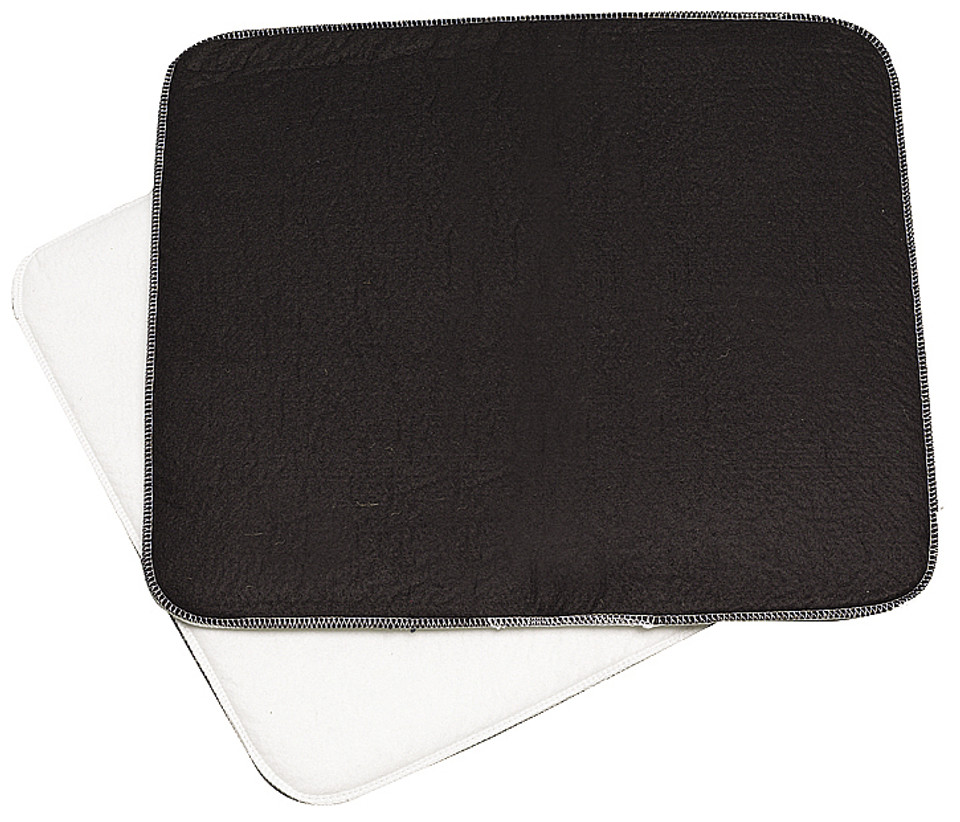
Things to remember or avoid when bandaging
- Always use plenty of padding
- Apply with nice even pressure
- Check the leg is clean and free of dirt/mud before applying
- Always check the bandage making sure it remains nicely in place and no debris or dirt has made its way down under the bandage where it could rub and cause injury.
- Change the bandage regularly
- Make sure the bandage isn’t too tight and in the correct position.
If in doubt about the correct way to apply a bandage don’t be afraid to ask for help or alternatively leave the bandage off. As previously mentioned, an incorrectly applied bandage can cause injury to the soft tissue structures such as tendons and ligaments or create pressure sores if not correctly applied.

